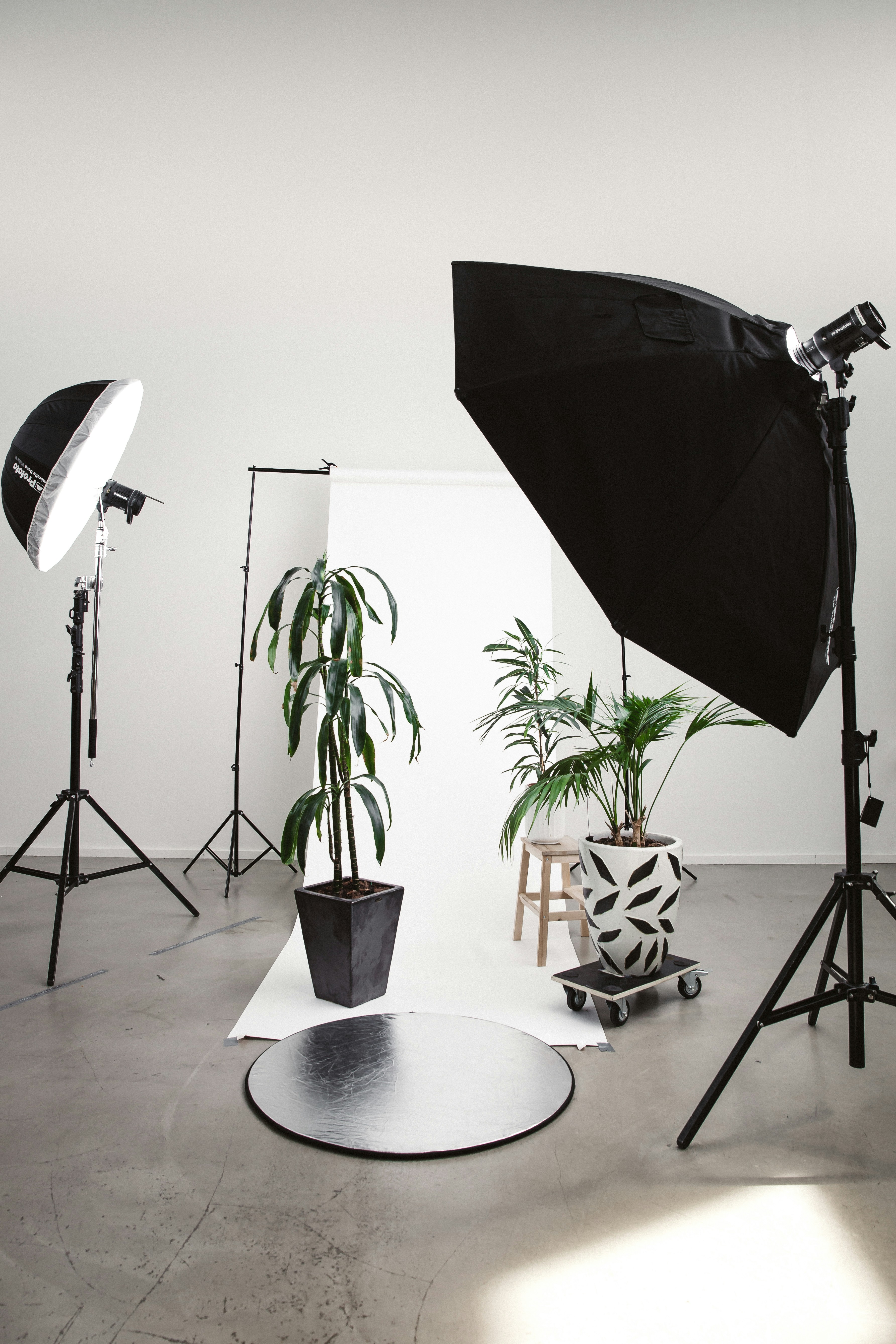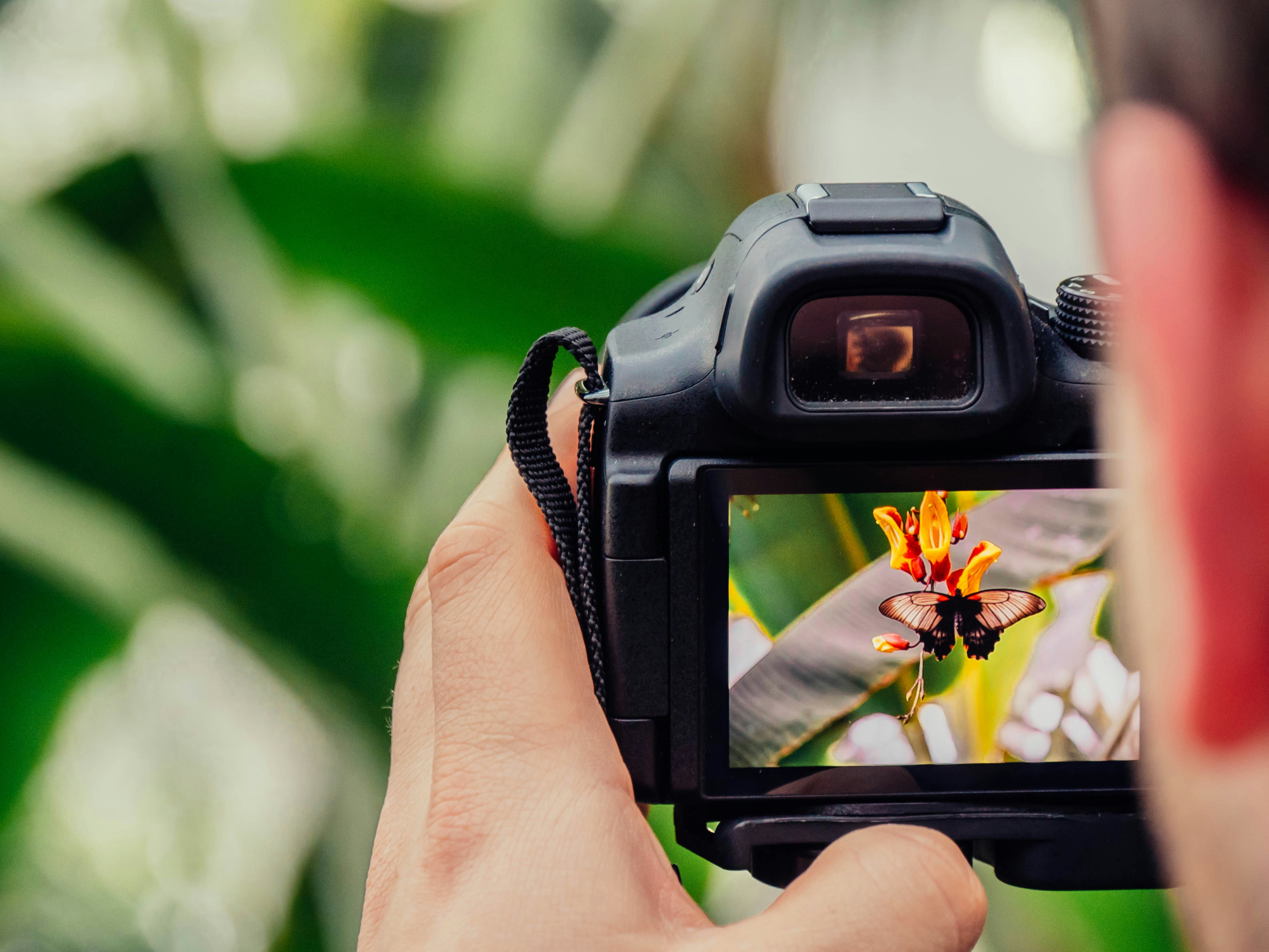
Jumpstart your infrared photography with these tutorials
2025-04-16



Jumpstart your infrared photography with these tutorials
Infrared photography is a unique and captivating genre that allows photographers to capture stunning and surreal images. By using infrared light, photographers can create otherworldly landscapes and portraits that are sure to stand out. However, mastering infrared photography can be challenging for beginners. That's why we've put together a list of tutorials to help jumpstart your infrared photography journey.
Introduction to Infrared Photography
Infrared photography involves capturing light that is beyond the visible spectrum. This creates images with a dreamlike quality, where foliage appears white, skies turn dark, and skin takes on a glowing appearance. To achieve this effect, photographers use specialized infrared filters or modified cameras that can capture infrared light.

Getting Started with Infrared Photography
If you're new to infrared photography, it's essential to understand the basics before diving in. Start by researching different types of infrared filters and cameras to determine which one suits your needs best. Once you have the necessary equipment, experiment with different settings and compositions to familiarize yourself with the unique characteristics of infrared light.
Choosing the Right Subjects
One of the key aspects of successful infrared photography is selecting the right subjects. Infrared light interacts differently with various objects, so it's essential to choose subjects that will create compelling images. Experiment with landscapes, architecture, and portraits to see how different subjects react to infrared light.
Tips for Shooting in Infrared
- Use a tripod: Infrared photography requires longer exposure times, so using a tripod is essential to avoid camera shake.
- Experiment with white balance: Infrared light can affect the colors in your images, so play around with white balance settings to achieve the desired effect.
- Shoot in RAW: Shooting in RAW format allows for more flexibility when editing your images in post-production.
- Focus manually: Infrared light can throw off autofocus systems, so it's best to focus manually for crisp images.
Editing Infrared Images
After capturing your infrared images, the editing process is where you can truly bring out the magic of infrared photography. Experiment with different editing techniques, such as adjusting contrast, saturation, and hue, to create striking and ethereal images. Don't be afraid to push the boundaries and let your creativity shine through in your edits.
Resources for Learning Infrared Photography
To further enhance your skills in infrared photography, consider exploring online tutorials and courses. Websites like CreativeLive, Lynda.com, and YouTube offer a wealth of resources for photographers looking to expand their knowledge. Additionally, joining photography forums and communities can provide valuable insights and feedback from fellow photographers.
Conclusion
Infrared photography offers a unique and creative outlet for photographers looking to explore new techniques and push the boundaries of traditional photography. By following these tutorials and tips, you can jumpstart your journey into the captivating world of infrared photography. Remember to experiment, practice, and most importantly, have fun capturing the surreal beauty of the invisible light spectrum. Happy shooting!